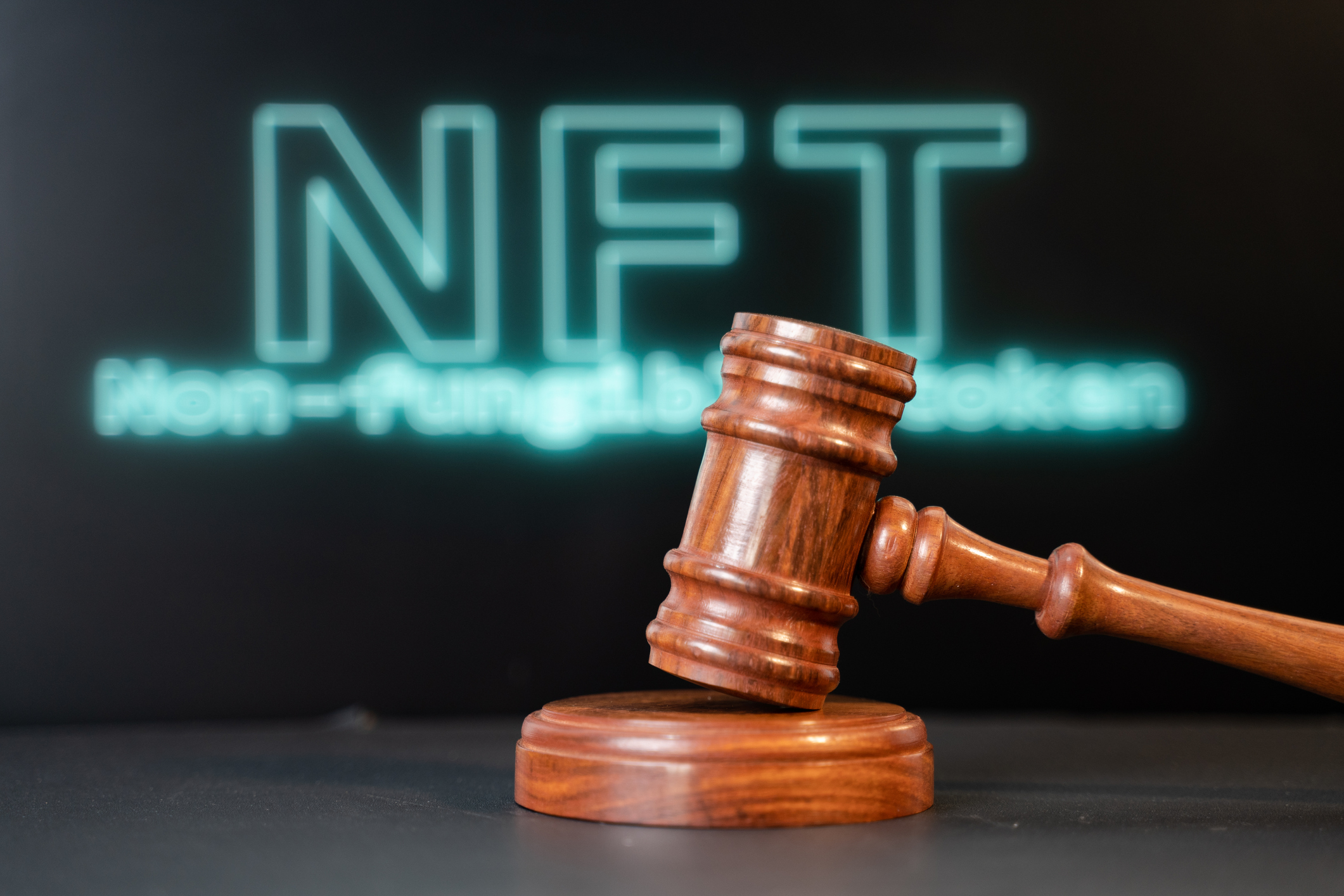Historic Hermès Jury Verdict Paves Way for Digital Trademark Rights
Posted on: February 10, 2023
In: Intellectual Property & Technology

By: Sarkis Yeretsian & Jonathan D. Goins
On February 8, 2023, a Manhattan federal jury found an NFT artist liable for having infringed upon Hermès' popular Birkin brand, awarding Hermès $133,000 in total damages. This was one of the first trials involving trademark rights in the digital space of NFTs.
Background
In January 2022, Artist Sonny Estival, a/k/a, Mason Rothschild, was sued over his collection of NFTs known as the MetaBirkin. NFTs, or non-fungible tokens, are digital assets that have become widely used over the last few years as a new medium for art pieces with inexplicably high value.
Eager to be included in the fray, Rothschild created a series of NFTs designed to appear similar, or in some cases, identical, to the luxury French designer’s Birkin bags, some of which have been known to sell at auctions for well over $400,000.
Complicating matters, Rothschild created a website, MetaBirkin.com, listing a hundred NFTs, each appearing as digital versions of some of Hermès' Birkin bags. His collection fetched more than 200 Ethereum in sales at the time (approximately $800,000).
Angered by this, Hermès filed suit against the artist for trademark infringement, trademark dilution, and unlawfully cybersquatting on the MetaBirkins.com domain name.
In 2022, the artist filed a motion to dismiss the suit, arguing what is arguably the most central point of contention in this matter: that his artistic use of the term “MetaBirkin” and the NFT collection were protected expression under the Second Circuit’s ruling in the famous case Rogers v. Grimaldi, 875 F.2d 994 (2d Cir. 1989).
The Rogers & Polaroid Tests
Under the Rogers test, the use of a trademark in an artistic work is actionable only if the use of the mark: (1) has no artistic relevance to the underlying work, or (2) explicitly misleads as to the source or content of the work. The artist argued that his product was at least minimally relevant to the claimed project centered around highlighting the fashion industry’s animal cruelty and the nature of luxury and value – that the use of MetaBirkin was not expressly misleading.
Conversely, Hermès argued that the artist had used the Birkin name for extensive commercial use, which not only included the sale of NFTs but the sale of other products under the same label as well. Furthermore, they emphasized that there was actual confusion amongst consumers and industry observers over the origin and authorization of the MetaBirkins NFT.
Hermès further argued that the Rogers factors should not apply to commodities sold in commerce, but rather, the court should look to the factors found in Polaroid Corp. v. Polarad Elecs. Corp., 287 F.2d 492 (2d Cir. 1961). The Polaroid factors provide a multi-factor guideline in determining the likelihood of confusion with a business’ mark and the alleged infringer. The factors act as a guide that focuses on the analysis of the strength and similarity of the mark, the similarity of products/services, the likelihood to bridge the gap into the product area, the individuals intent in adopting the mark, evidence of actual confusion, etc.
The Verdict
Ultimately, the judge concluded that under both tests, Hermès would be successful and denied the artist’s motion to dismiss and on February 8, 2023, a Manhattan federal jury held that the artist was liable for trademark infringement, dilution and cybersquatting. The artist was ordered to pay $133,000 in damages to Hermès, which appears to be substantially lower than one would have expected in consideration of Hermès request for compensation in the form of statutory damages, the defendant’s profits, legal fees and costs, and other reputational damages through the use of Hermès’s goodwill.
Analysis
Looking at the work the artist created, it appears that the artist did, at least somewhat, alter the original designs to suit his purpose. This alone should qualify the work as protected; however, Hermès’ counterargument of confusion caused by the product is valid. Hermès provided expert testimony supported by a public survey of individuals who believed that this NFT was released by Hermès. However, it would appear it was the sheer commercial nature of Rothschild’s actions that swayed jurors to the Hermès side. Not only did Rothschild sell the NFTs on the website MetaBirkins, but, when previously asked to cease his sales, Rothschild continued to open numerous digital storefronts to sell his NFTs. Additionally, he used the notoriety created by the NFTs to sell additional products that were not MetaBirkins.
Rothschild has publicly stated that he plans to appeal. This decision is a fundamental conflict between the First Amendment and trademark rights. Artistic expression is the cornerstone of cultural development in society, while one’s right to protect that which they have created is a right that should not be tampered with. The balancing act of these vital concepts will continue to play out should the matter be appealed. In the interim, businesses should be taking affirmative steps to protect their IP rights in the constantly evolving Web3 space, such as placing a greater emphasis on internal trademark enforcement, monitoring NFT marketplaces, and becoming more savvy with Web3 and blockchain practices.
For more information on this development, contact the authors of this post. You can also subscribe to this blog to receive email alerts when new posts go up.
RELATED: Jonathan Goins Speaks with New York Law Journal on Verdict in Hermès NFT Trademark Case


